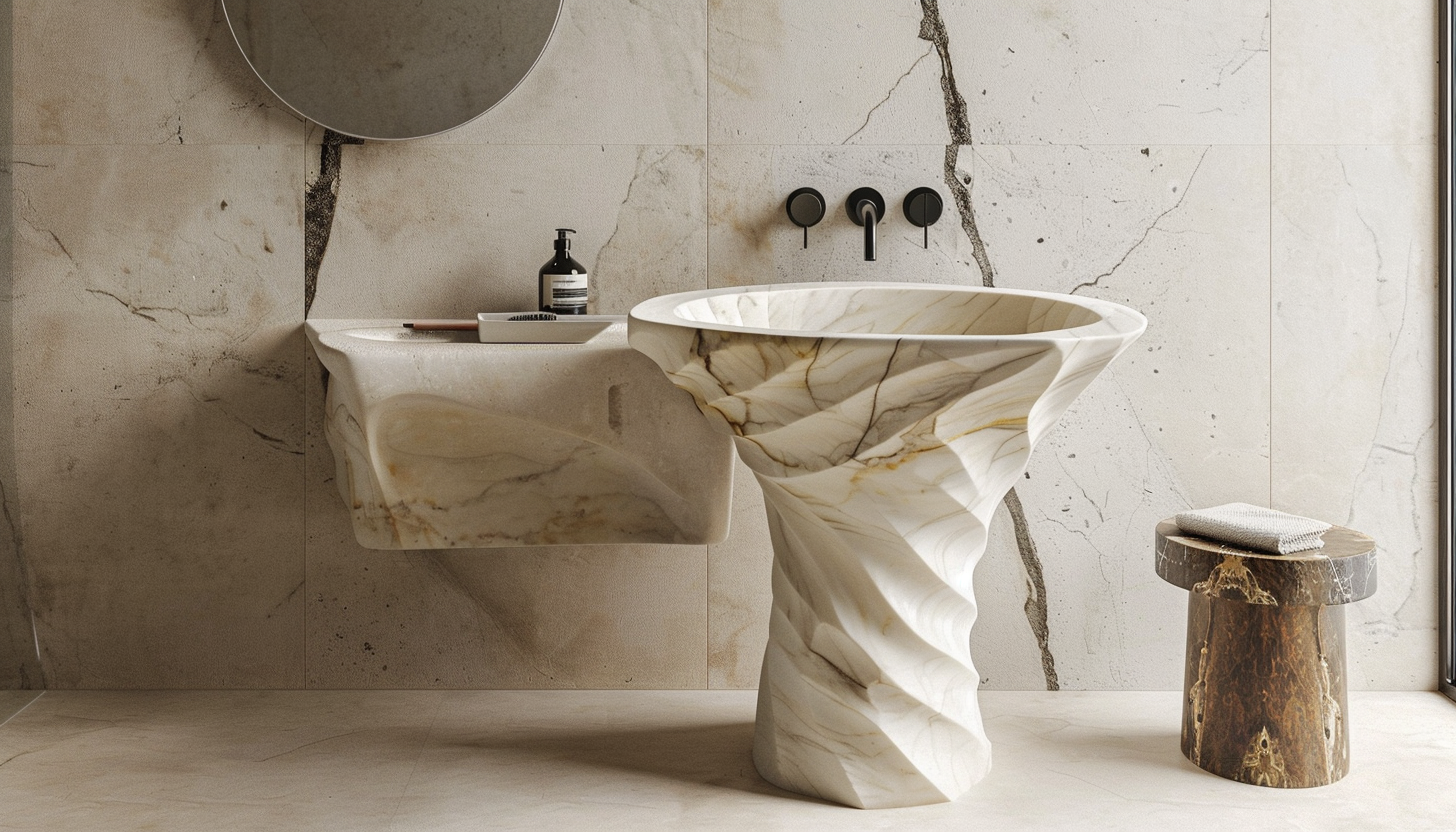In the hallowed halls of architectural history, the evolution of home fixtures speaks volumes about shifts in technology, design, and our very relationship with domestic spaces. Among these essential innovations, the sink stands as a testament to human ingenuity and the quest for convenience and beauty in our daily lives. Modern homes boast sinks that marry functionality with artistic design, offering a nod to a rich history that many may not fully appreciate.
The Humble Beginnings: The Basin Era
In the early 1700s, the precursor to the modern sink was the washstand, a staple in most homes that bore the basic functionalities of today's bathroom sink. Consisting of a simple deep bowl set upon a small table, this arrangement included a pitcher placed adjacent to the bowl. This pitcher, essential for daily ablutions, was the era's equivalent of a modern faucet, albeit requiring manual filling and handling. This setup underscores an era where water access inside the home was a luxury many could only dream of.
As we journeyed through the mid-1800s to the early 1900s, the washstand evolved into what was known then as the dry sink. This iteration was often crafted from materials like stone, wood, or metal and nestled into more elaborate cabinetry or even a window sill. Some households enhanced these dry sinks with a backsplash, adding both functionality and a decorative touch. Filling these basins still required hauling water manually, typically with a bucket—an everyday task that highlighted the value of water in daily domestic chores.
A Splash of Luxury: The Hand Pump
The dry sink setup saw a significant upgrade with the introduction of the hand pump, an innovation that, for a time, was only accessible to the affluent. This development marked a pivotal shift towards more complex water systems within the home, setting the stage for the revolutionary changes that the next century would bring.
The Dawn of Modern Plumbing: The Wet Sink
With the advent of modern plumbing systems, the wet sink became a defining feature of every household, transforming the kitchen and bathroom into hubs of efficiency and hygiene. The introduction of piped water not only made sinks indispensable but also revolutionized their design and functionality. Today's sinks are no longer just utilitarian basins but are designed with an eye towards aesthetics, blending seamlessly into the overall decor of the home. They are crafted to be visually appealing and are available in an array of styles and materials, enhancing the user's interaction with the space.
The evolution of the sink is not just a story of practical adaptation but also a narrative of aesthetic innovation, mirroring our ongoing dialogue with our living spaces. As we continue to refine and enhance our homes, the sink remains a symbol of how far human ingenuity can go, transforming mundane daily tasks into experiences of ease and beauty.







